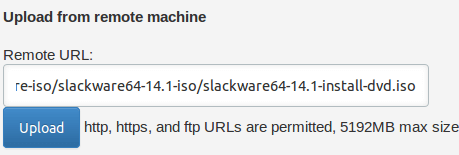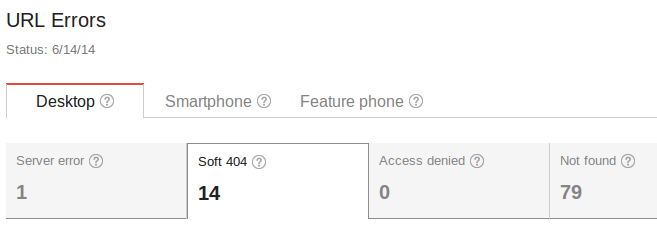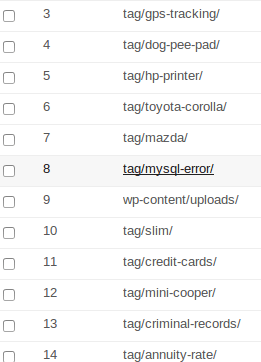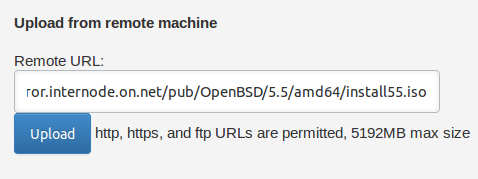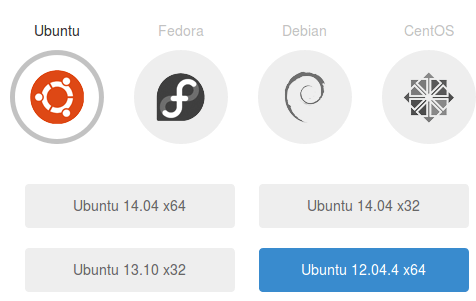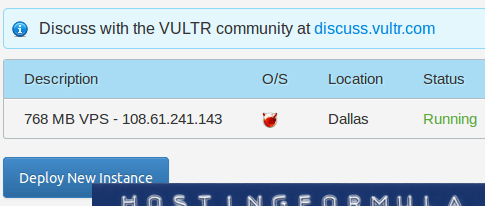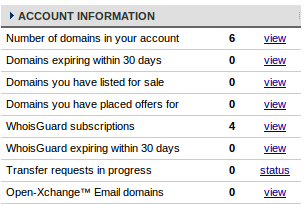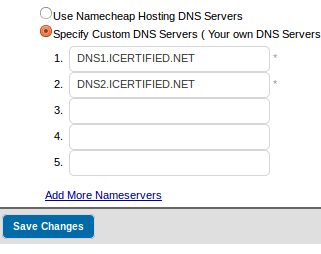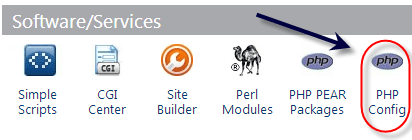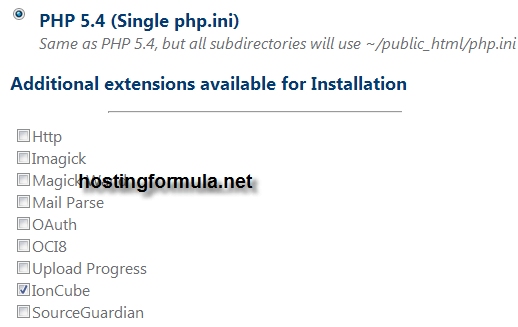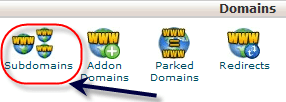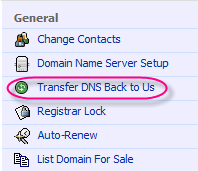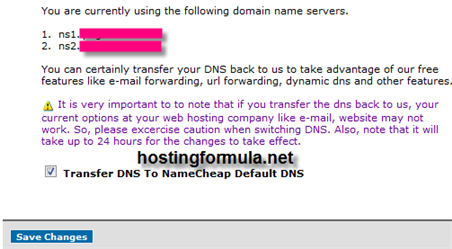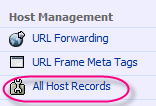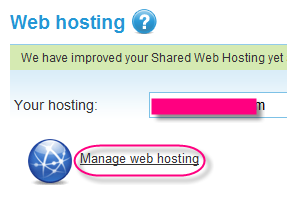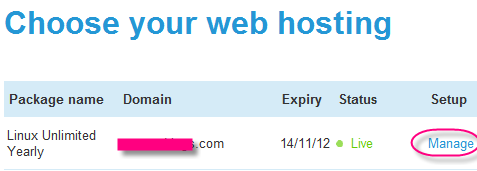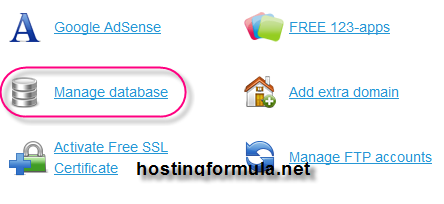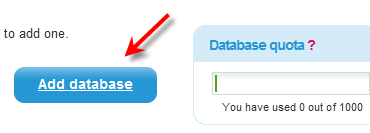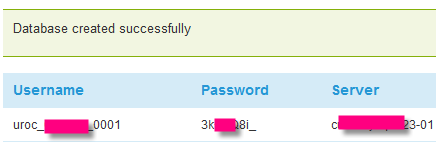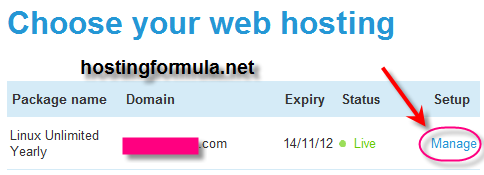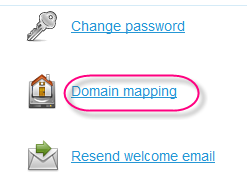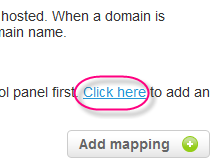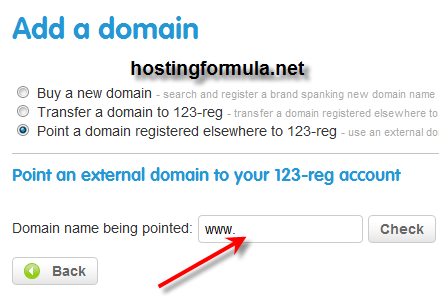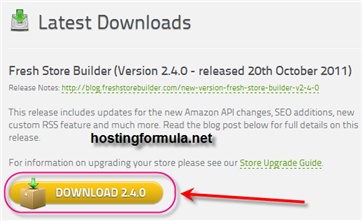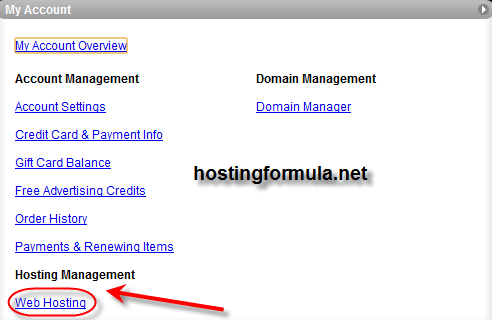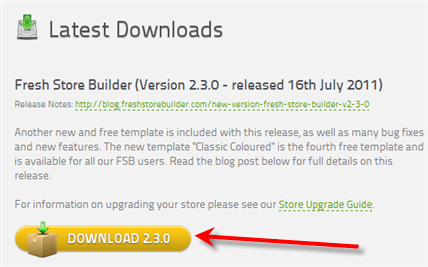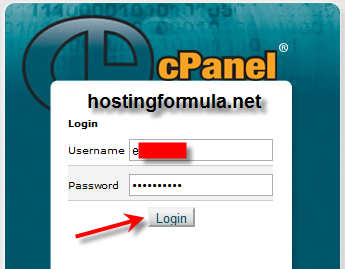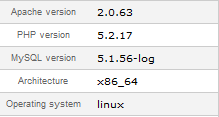My FreeBSD box on Vultr is up and ready to work. The process is fast too and I don’t have to wait for provisioning like other provider . The closest provider I ever try is Amazon EC2. Running FreeBSD on smallest memory (if I not wrong its 384 MB). In Vultr process is fast and clean :
After create an instance I got this view. Click Manage.

Looks like the install process use install script and you can see the process by click “view the console” link to get detailed view.
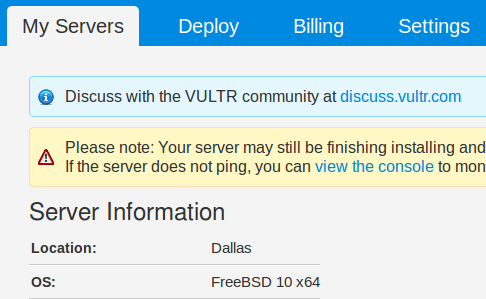
The process in console took around 4 minutes till I see login box .
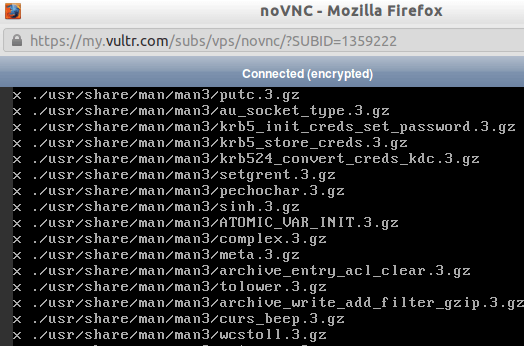
I try to Ping the server
$ ping 108.61.241.143
PING 108.61.241.143 (108.61.241.143) 56(84) bytes of data.
64 bytes from 108.61.241.143: icmp_seq=1 ttl=49 time=279 ms
64 bytes from 108.61.241.143: icmp_seq=2 ttl=49 time=279 ms
64 bytes from 108.61.241.143: icmp_seq=3 ttl=49 time=297 ms
64 bytes from 108.61.241.143: icmp_seq=4 ttl=49 time=286 ms
64 bytes from 108.61.241.143: icmp_seq=5 ttl=49 time=304 ms
64 bytes from 108.61.241.143: icmp_seq=6 ttl=49 time=283 ms
64 bytes from 108.61.241.143: icmp_seq=7 ttl=49 time=302 ms
64 bytes from 108.61.241.143: icmp_seq=8 ttl=49 time=291 ms
64 bytes from 108.61.241.143: icmp_seq=9 ttl=49 time=290 ms
64 bytes from 108.61.241.143: icmp_seq=10 ttl=49 time=289 ms
64 bytes from 108.61.241.143: icmp_seq=11 ttl=49 time=279 ms
^C
— 108.61.241.143 ping statistics —
11 packets transmitted, 11 received, 0% packet loss, time 10011ms
rtt min/avg/max/mdev = 279.245/289.360/304.772/8.593 ms
Try SSH login
$ ssh [email protected]
The authenticity of host ‘108.61.241.143 (108.61.241.143)’ can’t be established.
ECDSA key fingerprint is 06:e1:93:2f:1e:cd:81:88:26:ab:c9:f4:70:d1:cc:e8.
Are you sure you want to continue connecting (yes/no)? yes
Warning: Permanently added ‘108.61.241.143’ (ECDSA) to the list of known hosts.
Password for root@freebsd-4103:
FreeBSD 10.0-RELEASE (GENERIC) #0 r260789: Thu Jan 16 22:34:59 UTC 2014
Welcome to FreeBSD!
Before seeking technical support, please use the following resources:
o Security advisories and updated errata information for all releases are
at http://www.FreeBSD.org/releases/ – always consult the ERRATA section
for your release first as it’s updated frequently.
o The Handbook and FAQ documents are at http://www.FreeBSD.org/ and,
along with the mailing lists, can be searched by going to
http://www.FreeBSD.org/search/. If the doc package has been installed
(or fetched via pkg install lang-freebsd-doc, where lang is the
2-letter language code, e.g. en), they are also available formatted
in /usr/local/share/doc/freebsd.
If you still have a question or problem, please take the output of
`uname -a’, along with any relevant error messages, and email it
as a question to the [email protected] mailing list. If you are
unfamiliar with FreeBSD’s directory layout, please refer to the hier(7)
manual page. If you are not familiar with manual pages, type `man man’.
Edit /etc/motd to change this login announcement.
root@freebsd-4103:~ #
Excellent!
root@freebsd-4103:~ # df -H
Filesystem Size Used Avail Capacity Mounted on
/dev/label/rootfs0 14G 755M 12G 6% /
devfs 1.0k 1.0k 0B 100% /dev
root@freebsd-4103:~ # uname -a
FreeBSD freebsd-4103 10.0-RELEASE FreeBSD 10.0-RELEASE #0 r260789: Thu Jan 16 22:34:59 UTC 2014 [email protected]:/usr/obj/usr/src/sys/GENERIC amd64
root@freebsd-4103:~ # cat /etc/rc.conf
# Auto-Enabled NICs from pc-sysinstall
ifconfig_vtnet0=”inet 108.61.241.143 netmask 255.255.255.0″
defaultrouter=”108.61.241.1″
hostname=”freebsd-4103″
sshd_enable=YES
root@freebsd-4103:~ # pkg info
The package management tool is not yet installed on your system.
Do you want to fetch and install it now? [y/N]: y
Bootstrapping pkg from pkg+http://pkg.FreeBSD.org/freebsd:10:x86:64/latest, please wait…
Verifying signature with trusted certificate pkg.freebsd.org.2013102301… done
Installing pkg-1.2.7_2… done
If you are upgrading from the old package format, first run:
# pkg2ng
pkg-1.2.7_2 Package manager
root@freebsd-4103:~ # pkg info
pkg-1.2.7_2 Package manager
root@freebsd-4103:~ #
root@freebsd-4103:~ # top > tes
root@freebsd-4103:~ # cat tes
last pid: 809; load averages: 0.15, 0.17, 0.12 up 0+00:19:23 14:04:30
19 processes: 2 running, 17 sleeping
Mem: 14M Active, 13M Inact, 38M Wired, 44M Buf, 659M Free
Swap: 2000M Total, 2000M Free
PID USERNAME THR PRI NICE SIZE RES STATE TIME WCPU COMMAND
795 root 1 20 0 86084K 6932K select 0:00 0.00% sshd
722 root 1 20 0 23980K 5348K select 0:00 0.00% sendmail
775 root 1 20 0 86084K 6928K select 0:00 0.00% sshd
798 root 1 20 0 23492K 3392K RUN 0:00 0.00% csh
778 root 1 21 0 23492K 3272K ttyin 0:00 0.00% csh
560 root 1 20 0 14424K 2056K select 0:00 0.00% syslogd
729 root 1 20 0 16520K 2148K nanslp 0:00 0.00% cron
809 root 1 20 0 19768K 2532K RUN 0:00 0.00% top
694 root 1 20 0 60816K 6416K select 0:00 0.00% sshd
766 root 1 52 0 14420K 1912K ttyin 0:00 0.00% getty
770 root 1 52 0 14420K 1912K ttyin 0:00 0.00% getty
768 root 1 52 0 14420K 1912K ttyin 0:00 0.00% getty
771 root 1 52 0 14420K 1912K ttyin 0:00 0.00% getty
773 root 1 52 0 14420K 1912K ttyin 0:00 0.00% getty
767 root 1 52 0 14420K 1912K ttyin 0:00 0.00% getty
772 root 1 52 0 14420K 1912K ttyin 0:00 0.00% getty
769 root 1 52 0 14420K 1912K ttyin 0:00 0.00% getty
451 root 1 20 0 13584K 4452K select 0:00 0.00% devd
Virtualization check :
root@freebsd-4103:~ # dmesg | grep -i virtual
CPU: Vultr Virtual CPU 2 (3392.31-MHz K8-class CPU)
sc0: VGA <16 virtual consoles, flags=0x300>
root@freebsd-4103:~ #
Good job vultr 🙂
